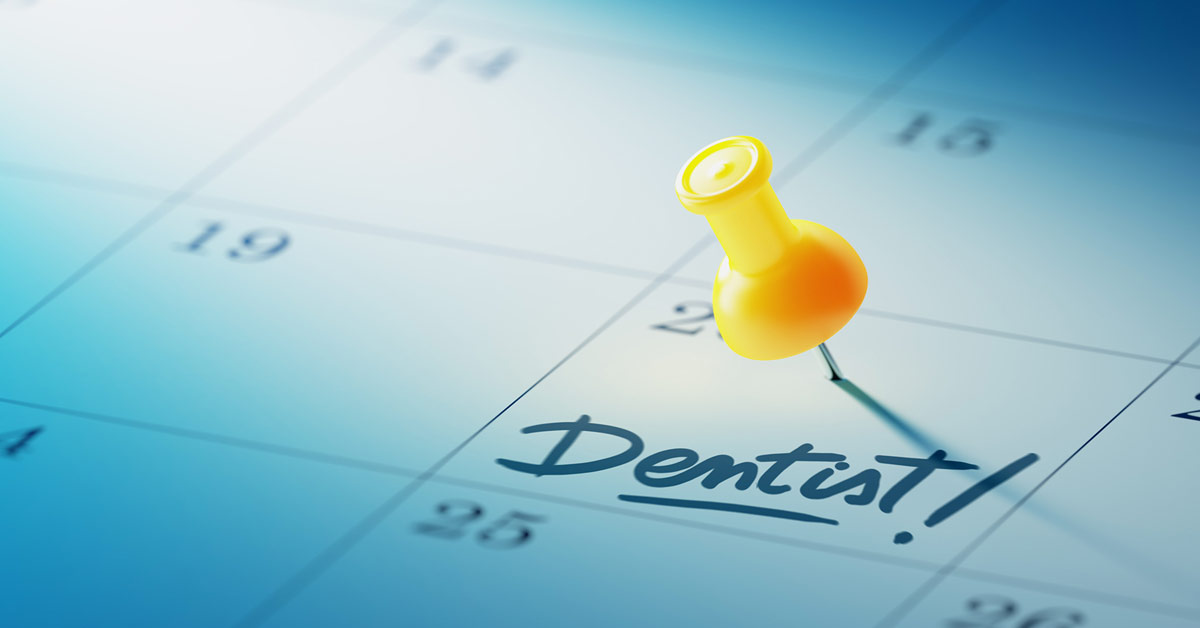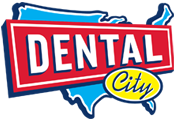
A study published earlier this year set out to find major influencing factors that led to patients cancelling appointments or simply not showing up, leaving dental practices scrambling to fill the openings or take a loss on the missed working time. The findings of this study provide insight that can help shape strategies for keeping holes in your schedule to a minimum.
No shows and cancelled appointments aren’t new to the dental industry. And there will always be a few patients who don’t make it to their appointments—things come up, emergencies happen, and sometimes our memories just fail us. So no matter how many reminders you give patients or other strategies you put into place, you’ll have to be prepared for a few holes in your schedule every now and then.
But a recent article on DrBicuspid.com summarized the findings of a study that found five key factors that make it more likely for patients to cancel or skip an appointment. Understanding these influences can help you increase the chances that with specific action you’ll encourage these patients to show up or have a plan in place for how to use potential open spots on your calendar.
These key factors are:
Length of Appointment
Researchers have found that appointments scheduled to take longer than an hour are more likely to be cancelled, with a significant increase in cancellations for appointments that were to be over two hours. And, conversely, appointments that were under an hour saw fewer cancellations but a higher rate of simply not showing up.
Patient Age
Generally speaking, the older a patient gets the less likely they are to cancel or skip and appointment without notice. Typically, pediatric and adolescent appointments are cancelled by the parents if they’re unable to make it to the appointment—very few are just outright skipped. The age group most likely to not show up to appointments is young adults between the ages of 18 and 25.
Time of Year
Everyone know that summer is a busy time for dental offices (particularly towards the start of the school year), but it also happens to be the time of year where offices see the most no shows. 7% of patients skip their appointments during this season. And during winter cancellations see a spike, with some dental office reporting just a 69% appointment attendance rate (Drbicuspid.com, 2017).
Appointment time
Morning appointments (before 10AM) are more likely to end up as no shows than any other time of day. And appointments in the afternoon are more likely to be cancelled ahead of time.
These first four factors all appear to be indicative of a difference between patients who cancel because they are aware that missing an appointment does negatively affect a dental practice versus those who simply (consciously or unconsciously) decide that something else takes precedence over their appointment and don’t’ show up. For example, no shows are most common in the summer, which makes sense as people are typically eager to participate in as many activities as possible. For some the choice between keeping their appointment or a spontaneous trip to the beach is a no brainer—they won’t think twice before throwing on their suit and hitting the sand.
What’s important to understand is that you may need different plans in place to handle these situations. Appointments that are more likely to end in cancellations will probably benefit more from reminder calls as this gives them an opportunity to reschedule. Whereas the best strategy for proactively managing potential no show appointments may be to have a list of patients to call who either are overdue for an appointment or have appointments at a later time that could come in to fill that open hole.
Insurance
Not surprisingly patients without insurance or those with insurance that doesn’t provide much coverage are much more likely to skip or cancel appointments, most likely due to a fear of the cost of the appointment—or worse not being able to cover the cost at all.
The simplest way to reduce the likelihood of cancellations or no shows due to insurance worries is to offer patients a variety of ways to pay their bills or even providing discounts through loyal or new patients programs. This not only helps encourage these patients to keep their appointments but also demonstrates that your practice cares about the health or your patients as more than a way to make an instant profit.
While these five factors aren’t the sole influences of patient appointment behavior, they can give you a solid foundation on which to build strategies to minimize cancellations and no shows. A win-win for your practice and your patients’ oral health.
Source:
http://www.drbicuspid.com

